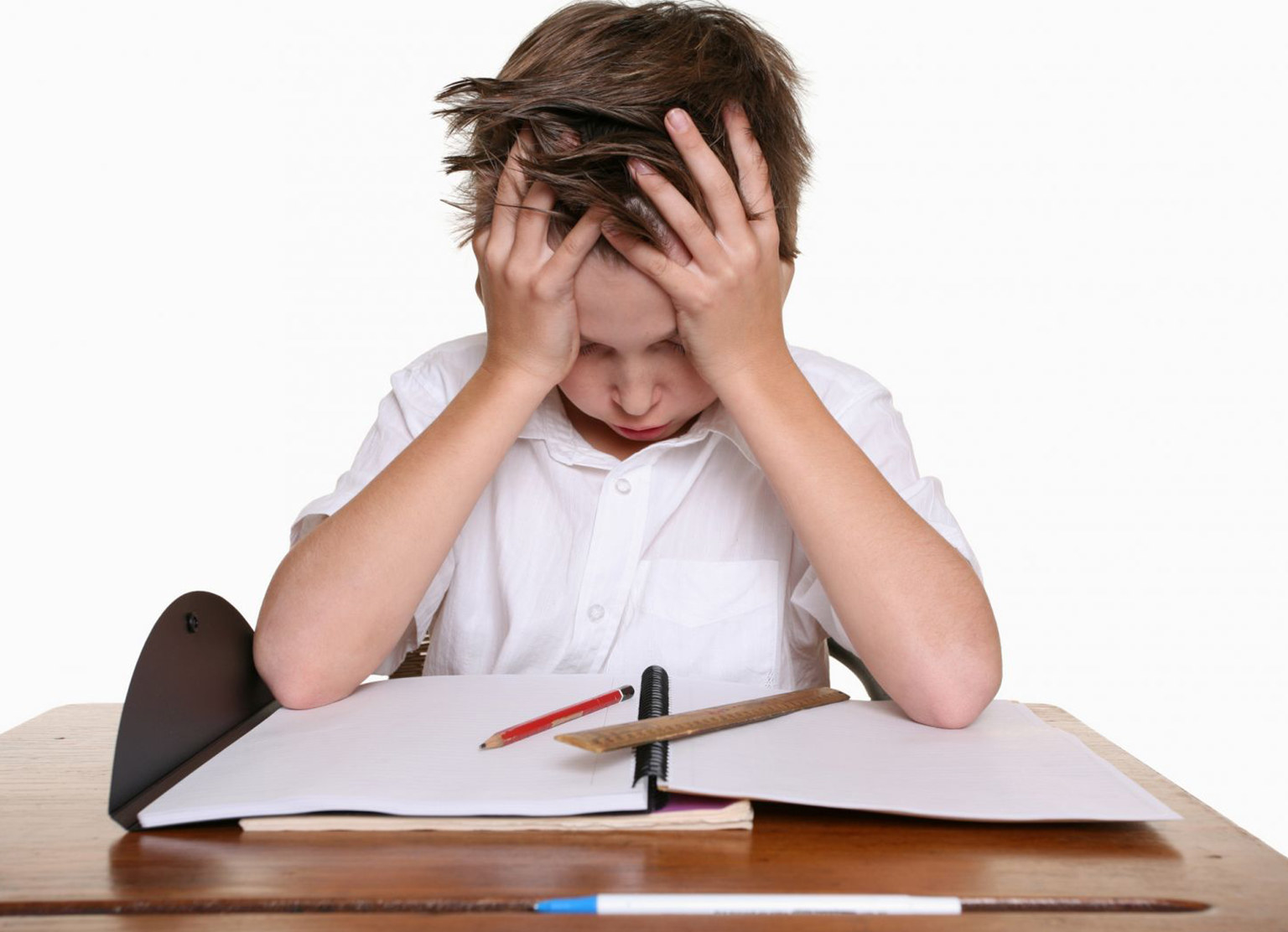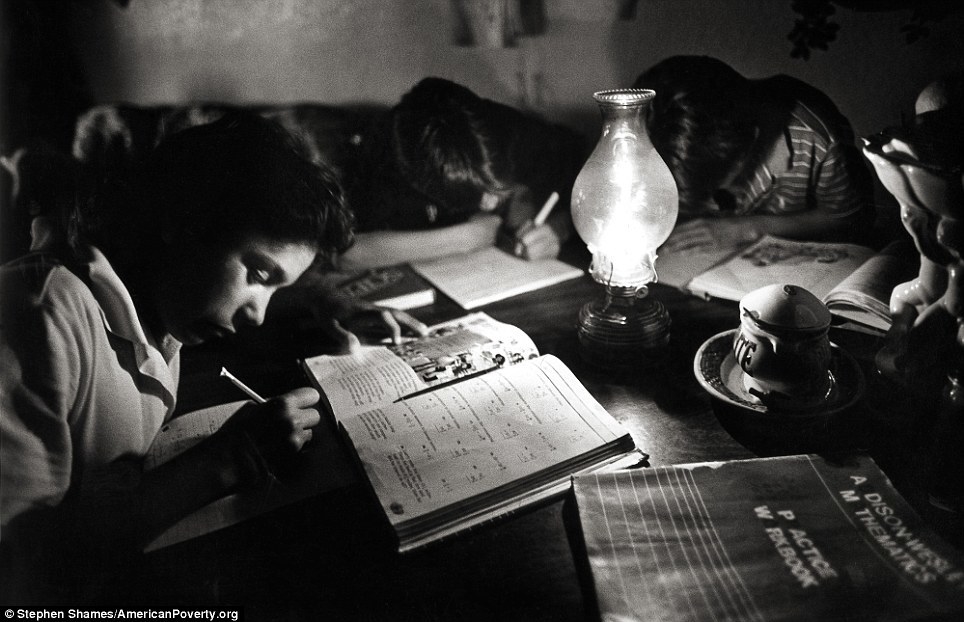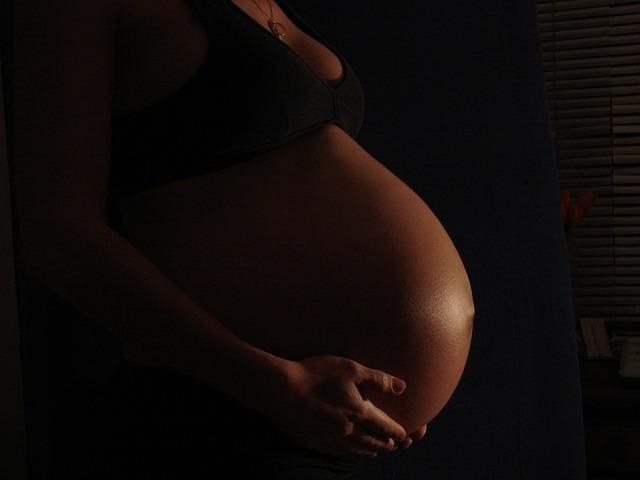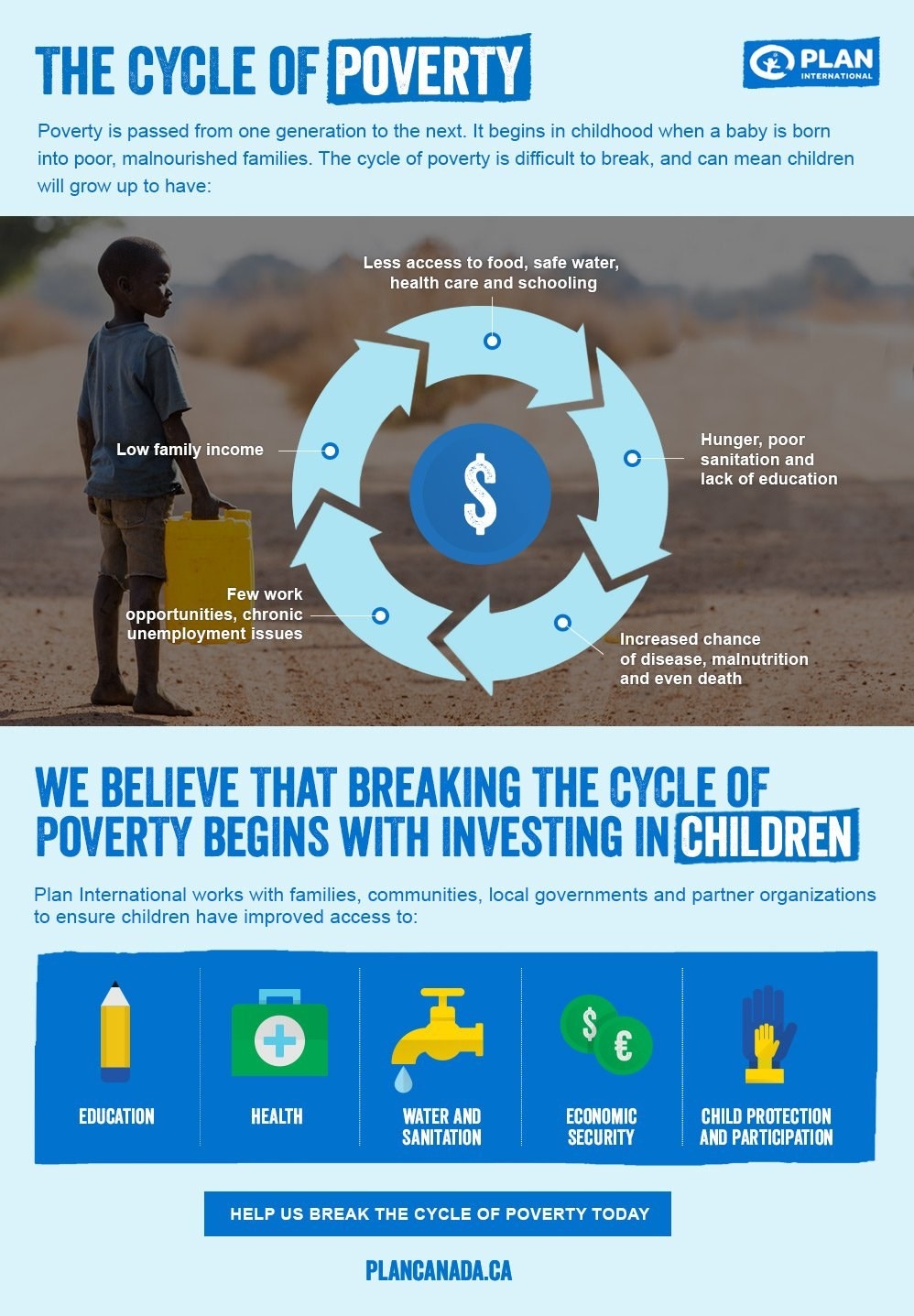1. A Child's Physical Health Gets Put Into Danger

2. Children are Raised in Inadequate Nurturing Enviornments

3. Children are Cared for Poorly

4. Poverty Creates a Gap in a Child's Cognitive Abilities

5. A Child's Future is at Risk

6. Teenage Pregnancy and Out-of-Wedlock Births Increases

7. The Intergenerational Cycle of Poverty is Fueled


